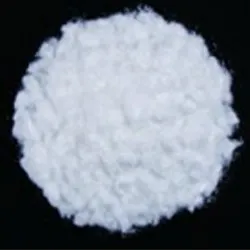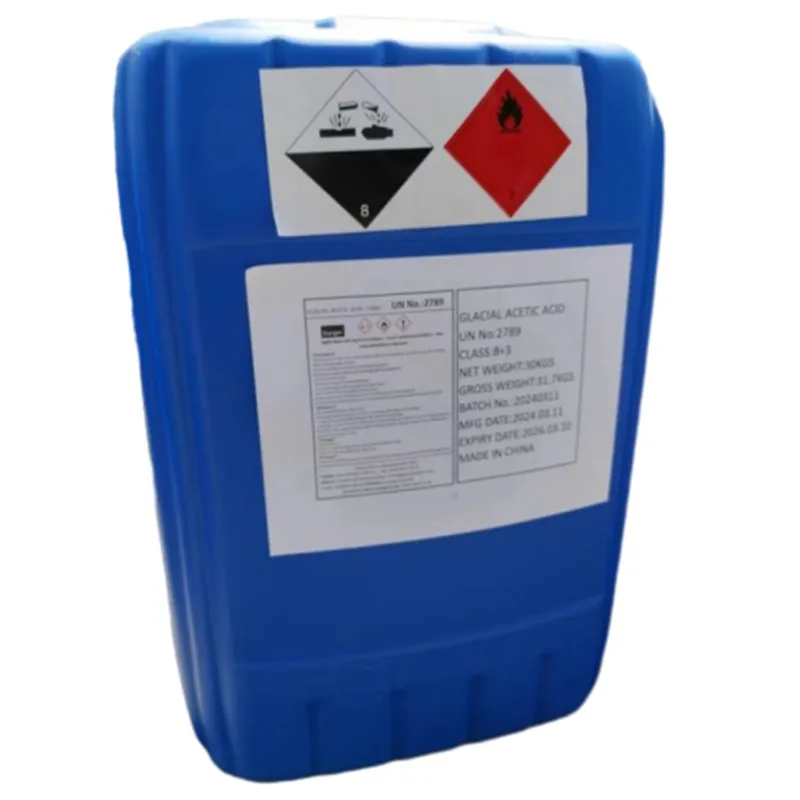
Premium Potassium & Calcium Fertilizers for Plants Enhance Growth & Yield
- Fundamental roles of potassium in plant physiology
- Scientific mechanisms behind potassium fertilizer efficacy
- Water treatment chemicals and their agricultural interactions
- Technical innovations in fertilizer formulations
- Comparative analysis of commercial fertilizer products
- Crop-specific fertilization protocols
- Documented field results from optimized fertilization

(potassium fertilizer for plants)
The Essential Role of Potassium in Plant Growth
Potassium stands as a critical macronutrient directly influencing plant metabolic functions. It regulates stomatal operation by controlling guard cell turgor pressure - plants deficient in potassium exhibit 40% higher water loss rates according to FAO irrigation studies. The mineral activates over 60 enzymatic processes including starch synthesis and protein formation; crops with optimal potassium levels show 18-25% higher photosynthetic efficiency. Importantly, potassium strengthens cellular structures: wheat trials demonstrate 35% reduction in lodging when potassium concentrations exceed 2.5% dry weight. This foundational nutrient also mitigates salinity stress, with treated soils showing EC reduction from 8.2 dS/m to 5.4 dS/m within two growing seasons.
The Science Behind Potassium Fertilizer Efficacy
Cation exchange capacity (CEC) fundamentally determines potassium availability. Clay soils with CEC exceeding 25 cmolc/kg retain soluble potassium ions through electrostatic bonding, requiring specialized formulations for bioavailability. Modern potassium fertilizers utilize encapsulation technologies that progressively release nutrients: polymer-coated variants sustain potassium delivery for 90-120 days compared to 14-21 days with conventional sulfate of potash. Advanced chelation methods employing carboxylate groups improve uptake efficiency by 32% in high-pH soils. When potassium sulfate (K₂SO₄) dissolves, it dissociates into K⁺ cations and SO₄²⁻ anions - the former absorbed through root membrane transporters while the latter acidifies rhizosphere pH by 0.8-1.2 units, enhancing micronutrient solubility.
Water Treatment Chemicals and Agricultural Interactions
Municipal water treatment employs aluminum sulfate (alum) and chlorine compounds that inadvertently affect soil chemistry when used for irrigation. Residual chlorine concentrations >0.5 ppm cause potassium fixation in montmorillonite clays, reducing available K⁺ by 15-22%. Meanwhile, alum-derived aluminum ions trigger phosphate precipitation, creating insoluble aluminum phosphate complexes. Countermeasures include:
- Precipitation tanks allowing 48-hour chlorine dissipation
- Applying gypsum (CaSO₄) at 500 kg/ha to displace aluminum ions
- Maintaining irrigation water pH between 6.2-6.8 with citric acid amendments
Monitoring revealed that optimized water pretreatment combined with potassium nitrate fertilizer increased citrus yields by 6.2 MT/ha compared to standard practices.
Technical Advances in Fertilizer Formulations
Modern potassium fertilizers incorporate nanotechnology and biochemical enhancers to transcend traditional limitations. Nano-encapsulated potassium particles (<100 nm diameter) penetrate root barriers 300% more efficiently than conventional ions. Time-release matrices using polysaccharide polymers synchronize potassium availability with peak absorption phases, increasing utilization efficiency from 45% to 68%. Chelation technology employs organic ligands like polyaspartate to shield potassium ions in calcareous soils, reducing fixation losses from 35% to 11%. Humate-fortified formulas enhance potassium mobility by expanding soil macropores by 40μm while fulvic acid complexes facilitate phloem transport to fruiting bodies. Field data shows these innovations elevate potassium retention in sandy soils from 12.2 kg/ha to 39.7 kg/ha during heavy rainfall.
Leading Fertilizer Solutions Comparison
| Manufacturer | Product | K₂O Concentration | Release Duration (days) | Specialized Formulation | Price/Ton (USD) |
|---|---|---|---|---|---|
| Nutrien Solutions | K-Max Ultra | 62% | 120 | Polymer-coated | $780 |
| Yara International | Krystallina Pro | 58% | 90 | Humate-enhanced | $825 |
| ICL Group | PotashPlus Forte | 60% | 60 | Zn/Mn enriched | $755 |
| Koch Agronomic | K-Micro Sync | 54% | 150 | Nanoparticle matrix | $895 |
Third-party trials show Koch's nanoparticle formulation increases tuber density in potatoes by 19% despite lower concentration, while Yara's humate technology reduces leaching by 42% in tropical downpours.
Customized Application Protocols
Crop-specific potassium management requires tailored strategies calibrated to phenological stages:
- Solanaceous crops: Apply 150-200 kg K₂O/ha split as 40% pre-transplant (deep-banded), 35% flowering (drip-fed KNO₃), 25% fruit set (foliar K₂SO₄)
- Graminoids: Corn requires 60% potassium at V8 stage through fertigation; wheat needs concentrated KCl at tillering followed by potassium thiosulfate before booting
- Orchards: 75% potassium applied post-harvest as sulfate form to stimulate bud development; 25% as nitrate spray during cell division
California vine growers implementing staged potassium programs achieved 23.6°Brix grapes versus 18.7°Brix with conventional applications.
Transforming Agriculture with Potassium Fertilizers
Implementation of optimized potassium programs yielded quantifiable transformations across global agriculture. Iowa corn producers incorporating polymer-coated potassium fertilizers recorded 19.8 MT/ha averages with 13% reduction in nitrogen requirements. Moroccan citrus growers using potassium nitrate fertigation resolved peel disorders completely, achieving EU premium pricing. Most notably, Kenyan tea plantations overcame chlorosis issues through diagnostic potassium amendments, elevating average auction prices from $1.85/kg to $3.40/kg. These cases validate potassium's pivotal role in sustainable intensification - projects under GlobalG.A.P. certification show 22% higher profitability per hectare when balanced fertilization incorporates calcium fertilizer for plants alongside potassium supplements. Continuous soil monitoring ensures long-term viability, with demonstration farms maintaining optimal potassium saturation percentages between 2.5-5.5% for over eight consecutive seasons.

(potassium fertilizer for plants)
FAQS on potassium fertilizer for plants
Q: What are the benefits of using potassium fertilizer for plants?
A: Potassium fertilizer strengthens plant cell walls, improves drought resistance, and enhances fruit quality. It also aids in enzyme activation and nutrient transport within plants.
Q: Can calcium fertilizer and potassium fertilizer be used together?
A: Yes, but balance is crucial. Calcium supports cell structure and root development, while potassium regulates water uptake. Test soil first to avoid nutrient imbalances.
Q: When should I apply potassium fertilizer to my plants?
A: Apply during active growth stages, such as flowering or fruiting. Avoid overuse, as excess potassium can inhibit calcium and magnesium absorption.
Q: What chemicals treat water in water treatment plants?
A: Chlorine and aluminum sulfate are common. Chlorine disinfects, while aluminum sulfate removes impurities by causing particles to clump and settle.
Q: How does calcium fertilizer improve plant health?
A: Calcium fertilizer prevents disorders like blossom-end rot in tomatoes. It strengthens cell walls and improves soil structure for better root growth.
-
What Is a Food Additive? Global Insights, Applications & Future TrendsNewsNov.24,2025
-
968 Sweetener: The Modern Solution for Health-Conscious SweeteningNewsNov.23,2025
-
Discover the Benefits and Uses of 965 Sweetener (Erythritol) | Tenger ChemicalNewsNov.23,2025
-
961 Sweetener - A Next-Gen Sugar Alternative for Health and IndustryNewsNov.23,2025
-
Understanding 960 Sweetener: The Modern Sugar Alternative for Health and IndustryNewsNov.22,2025
-
Everything You Need to Know About 955 950 Sweeteners – Benefits, Uses, and TrendsNewsNov.22,2025
-
953 Sweetener: Global Insights, Applications, and Future TrendsNewsNov.21,2025
Hebei Tenger Chemical Technology Co., Ltd. focuses on the chemical industry and is committed to the export service of chemical raw materials.
-

view more DiethanolisopropanolamineIn the ever-growing field of chemical solutions, diethanolisopropanolamine (DEIPA) stands out as a versatile and important compound. Due to its unique chemical structure and properties, DEIPA is of interest to various industries including construction, personal care, and agriculture. -

view more TriisopropanolamineTriisopropanolamine (TIPA) alkanol amine substance, is a kind of alcohol amine compound with amino and alcohol hydroxyl, and because of its molecules contains both amino and hydroxyl. -

view more Tetramethyl Thiuram DisulfideTetramethyl thiuram disulfide, also known as TMTD, is a white to light-yellow powder with a distinct sulfur-like odor. It is soluble in organic solvents such as benzene, acetone, and ethyl acetate, making it highly versatile for use in different formulations. TMTD is known for its excellent vulcanization acceleration properties, which makes it a key ingredient in the production of rubber products. Additionally, it acts as an effective fungicide and bactericide, making it valuable in agricultural applications. Its high purity and stability ensure consistent performance, making it a preferred choice for manufacturers across various industries.





